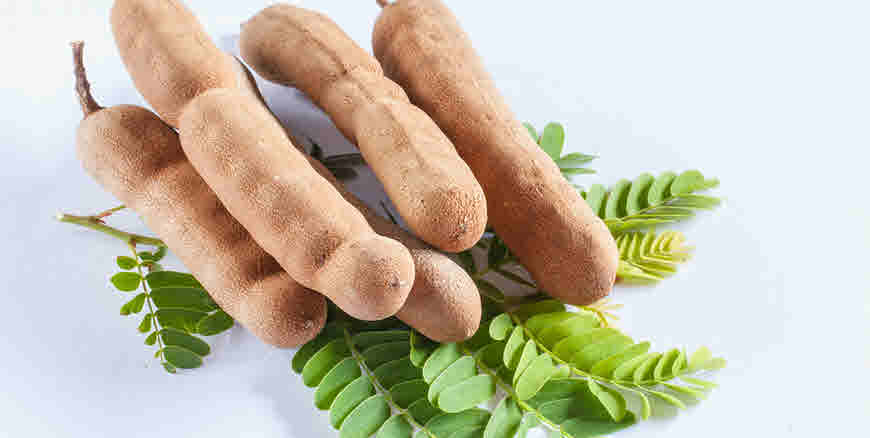Tamarind is evergreen tree about 15-30m tall, native to tropical Africa; now distributed throughout the plains and sub-Himalayan tracts of India. Various parts of this tree are used for medicinal purpose viz. pulp of the fruit, seeds, leaves, flowers and bark.

The Pulp of fruit contains tartaric acid 5 percent, citric acid 4 percent, malic and acetic acids, tartaric of potassium 8 percent, invert sugar 25 to 40 percent, gum and pectin. It is used in Indian kitchen for preparing curries and chutnies. The pulp is also used to make drink that is useful in curing digestive diseases.
English name: Tamarind tree
Ayurvedic name: Amli, Amlikaa, Suktaa, Chukraa, Chukrikaa, Chinchaa, Chandikaa, Tintidika.
Unani: Tamar Hindi, Siddha/Tamil: Puli, Aanvilam, Properties and action of fruit pulp
Rasa: Madhura, Amla, Kashaya, Guna: Guru, Ruksha, Sara, Virya: Ushna
Vipaka: Amla, Karma: Bastishuuddhikara, Bhedi, Vi˦ambhi, Dipana, Hridya
Medicinal uses
The root bark of the tree is used in the treatment of, ulcers amenorrhoea, gingivitis and asthma.
Fruits has laxative effect and used to cure constipation. Ripen imli fruit is good for the liver, intestine and stomach. In traditional practice the ripe fruit along with other ingredients is used in case of intoxication from datura or alcohol.
The pulp of tamarind fruit has cooling, laxative, digestive, antiscorbutic, carminative and anti-inflammatory properties. Fruit pulp is used in loss of appetite, bilious vomiting, fever,
Pulp of the ripe fruit and poultice of leaves are recommended as application to inflammatory swellings to relieve pain. A gargle of tamarind water is useful in healing sores and sore throat.
The Leaves juice is used for bleeding piles, bilious fever and dysuria. Stem bark has antipyretic and astringent activity. The Seed-kernel is stimulant and used as a supporting tonic in sexual debility.